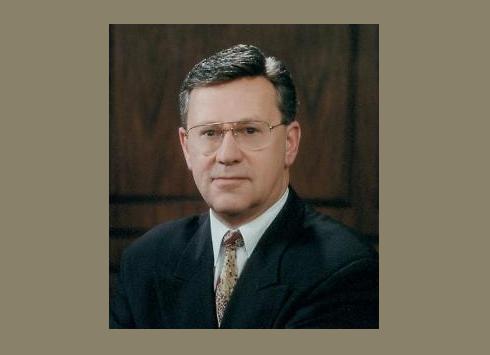But Whom Should I Target? - Bill Harvey - MediaBizBlogger

Last Tuesday, Mediapost carried a story about TRA discovering the answer to that question in the title. Many of you have asked for more details, which I'll get to shortly.
But first let's start with the question. If you had no built-in limits on your media research, and you could define your real target any way you wanted, how would you decide?
Young planners asking themselves this question for the first time usually start by listing alternatives they've heard of. Target the heavy purchasers who account for 80% of the dollars. Go against a specific competitor's purchasers. Find an underlying psychological group that is the exact one who would respond to this specific message.
Later they start to think more abstractly about it. "Doesn't it all depend on where we can make a difference?" It's not how high their purchase rate is now (as in targeting heavy category purchasers), it's our potential to raise their purchase rate that should determine whom to target. Target people on whom this message is likely to have a positive sales effect.
In political advertising this point has been well absorbed into the culture for about half a century. They target swing voters. Where they can make a difference.
Is everyone who buys in a category equally likely to increase the purchase rate of your brand as a result of your current creative? Obviously not. How then to separate out those who are most convertible to your brand?
The short answer: your most-convertibles are going to be folks who already buy your brand, but "very disloyally."
We call these Heavy Swing Purchasers (HSP) because they buy heavily in the category and also have been flirting with the brand during the past two years. Each brand has its own set of HSPs. They can be your target, using set top box data as TRA does, linked with frequent shopper card data on the same households. You can pick shows to most efficiently reach your brand's HSPs.
Now to some of your questions:
So if I buy against this target how much does my TRP and my target reach go up, and how much of a premium am I going to have to pay to get the exact programs I want? Will the premium wipe out the gain?(Question from a major media agency head)
Across the first 15 cases, the average lift in HSP impressions at the same budget is +152%. The reach increases substantially, e.g. from 50% reach of HSPs to 70% reach of HSPs. The negotiated premium will be probably not far from half the raw gain assuming it's neither a buyer's nor seller's marketplace. So at the same budget the advertiser and brand will still come out far ahead, while the networks line their coffers. Only old style marketers lose.
That 152% is in the prebuy, right? So how well does it post? Do things change so much that five months later it looks like we got no lift at all? (Question from a major media agency research head)
We've done 8 cases so far where we analyzed five months later and the average lift actually increased insignificantly. No regression to the mean, suggesting that Assael and Poltrack were right that purchase patterns – really a sort of psychographic because of the deep reasons we buy the brands we do – are more stable than demographics.
But how do we know that the sales will really go up as a result of making these changes?(Elephant in room question)
The actual data shows HSP-skewed programs deliver on average 70% higher ROI than the average of all programs bought. That's taking all programs with HSP Index of 110+.
TV will become more like direct mail in terms of lists/programs bought based on actual predictable effects. TV's CPM will climb (Direct Mail averages $1500 CPM). Brands will get more sales impact from TV, slowing the creep of private label.
It will all start in this upfront, with a relatively few brands.
The nice thing is that when checking sales effects, the bank confirms it, so advertising moves from the sphere of ghostly fog and persuasive pitches, to a more taut business where exacter values are known and can be traded with high efficiency.
Bill Harvey has spent over 35 years leading the way in the area of media research with special emphasis on the New Media. Bill can be contacted at bill@traglobal.com


